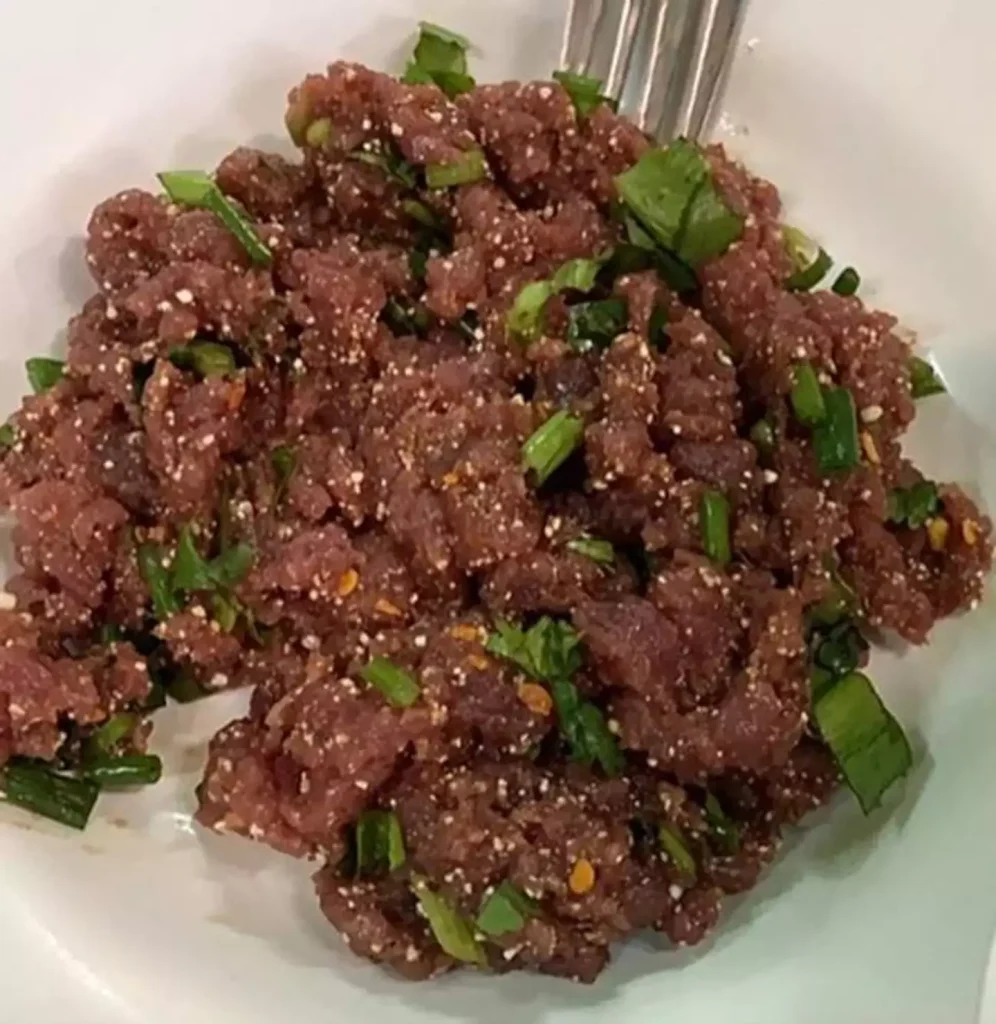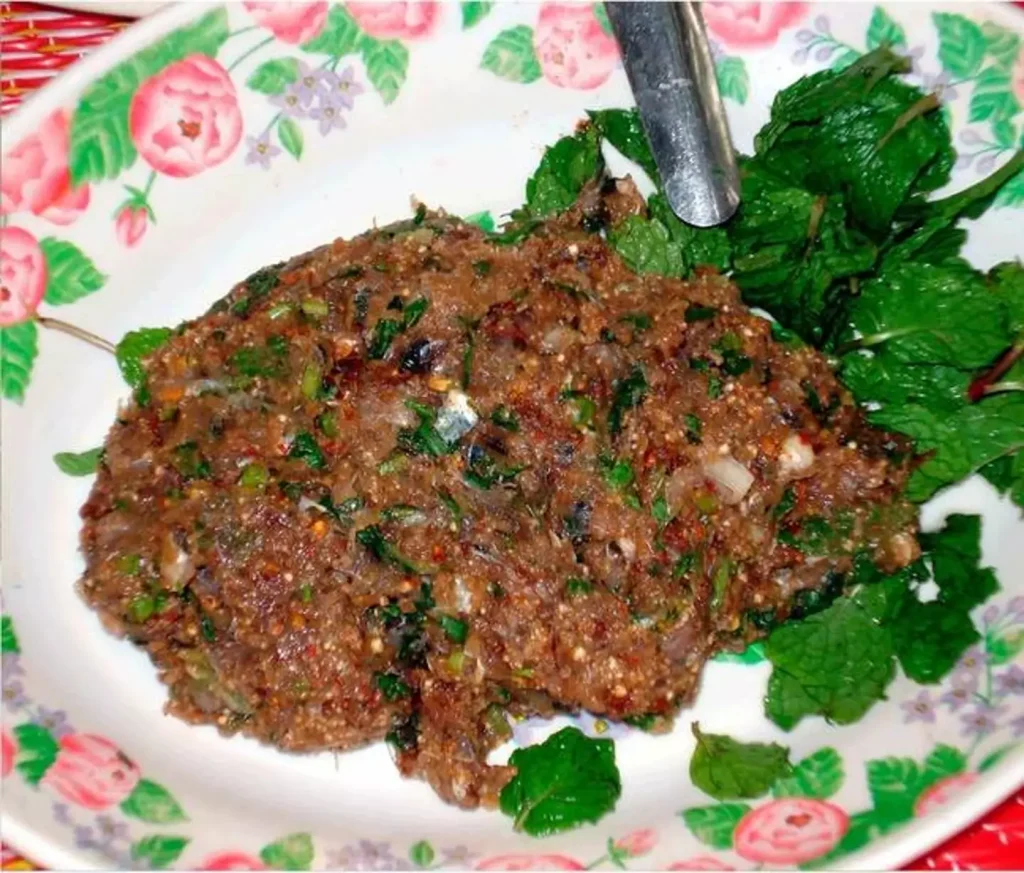If you’re mindful of your health, you probably make an effort to enjoy certain foods in moderation. But with one particular dish, even having it once could be risky.
As you age, it’s crucial to make smarter food choices, but there are still certain foods that you might want to avoid altogether.
One Thai dish, in particular, has a deadly reputation, responsible for taking the lives of around 20,000 people annually.
Although the ingredients may not appear harmful at first glance, the backstory of one of its key components reveals a far more dangerous side.
Despite being made from minced raw fish, lemon juice, herbs, and spices, this Thai delicacy is considered a salad by the Lao people living in present-day Laos and Isan.

Koi Pla is a deadly dish that is reportedly consumed by millions each year. However, it’s not the raw fish that causes liver cancer, but rather the source of the fish.
The fish used in the dish are farmed from waters in the Mekong region, which are contaminated with parasitic flatworms. These flatworms are believed to be the cause of bile duct cancer, which is why East Asia has the highest rates of cholangiocarcinoma (CCA) globally.
Dr. Narong Khuntikeo, a liver surgeon, is actively fighting against the consumption of Koi Pla. He tragically lost both of his parents to liver cancer after eating the dish.
“It’s a very big health burden around here,” Dr. Khuntikeo told Agence France-Presse. “But nobody knows about this because they die quietly, like leaves falling from a tree.”
In 2017, Dr. Khuntikeo shared how he had assembled a team of scientists, doctors, and anthropologists to combat this “silent killer.”

He and his team of practitioners spent four years testing villagers from the Isaan region for the parasite, using ultrasound machines and urine testing kits.
The study’s findings revealed that up to 80 percent of people in certain communities were found to have consumed the dangerous parasite.
While he’s working to raise awareness and caution about the koi pla dish, Khuntikeo previously mentioned encountering resistance from the older generation.
“They’ll say: ‘Oh well, there are many ways to die,'” the health professional explained.
“But I cannot accept this answer.”
One farmer from Khon Kaen province, Boonliang Konghakot, expressed no concerns, saying: “I used to come here and just catch the fish in the pond…it’s so easy to eat raw.”
Thanin Wongseeda, another villager participating in Khuntikeo’s screening initiative, shared: “I’ve never been checked before, so I think I will probably have it because I’ve been eating (koi pla) since I was little.”

